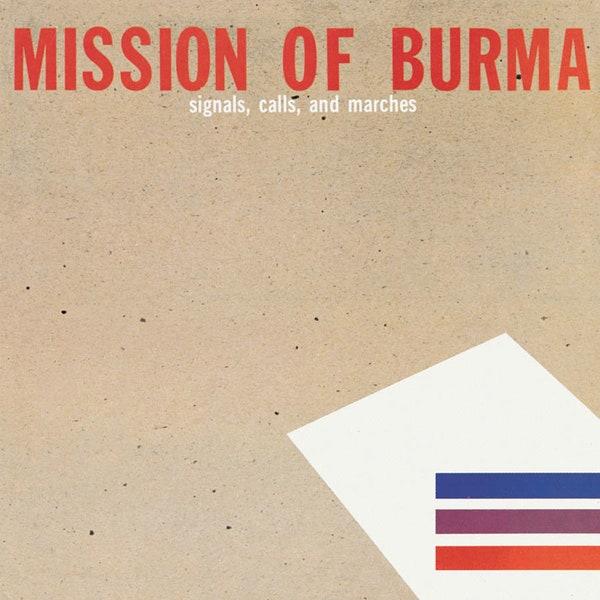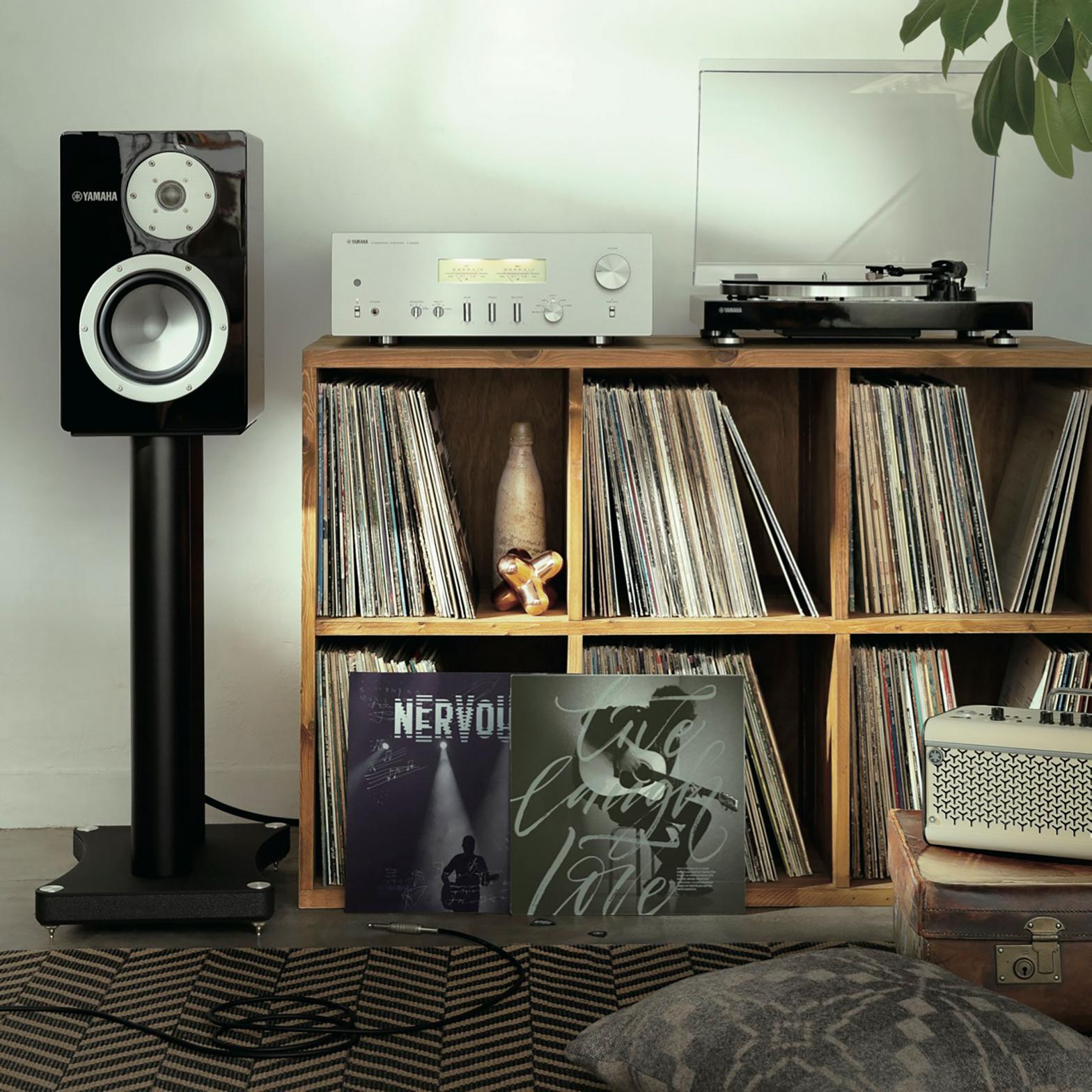The obvious takeaway is that the music is ultimately more important than the medium—but the right equipment can enhance the experience. I love how a power chord feels through a cranked tube amp, and I love how a record invites me to pay attention.“
My most recent vinyl purchase–Signals, Calls, and Marches by Mission of Burma—is memorable to me for two reasons: Firstly, it turned out to be my last visit to the original Amoeba Music location in Hollywood, which was possibly my favorite place in the country to get lost in the stacks. Secondly, I’d been searching for this EP on wax for so long that I’d given up hope of ever finding it. When I finally dropped the needle on “Academy Fight Song,” it gave me that familiar sensation of listening to a favorite song with fresh ears, as though I was hearing it for the first time.

But I have a confession: I’ve often joked that I love vinyl because of how good I’ve been told it sounds.
I emphatically prefer the experience of listening to vinyl over any other format, but I think that might have less to do with fidelity and frequency response and more to do with how I listen to records. When I throw on an album, I enjoy the ritual that takes place between the shelf and the platter. I sit in the sweet spot in my living room, with a nice turntable connected to a quality receiver and a pair of imposing speakers of a “they don’t make them like this anymore” vintage that I liberated from my parents’ house ages ago. I listen to entire sides rather than asking Siri to DJ my stream-of-consciousness requests. I concentrate.
I understand the fundamentals of why a well-produced record should sound better than a CD or mp3. However, despite a lifetime obsessed with sound—ask me about power tubes and vintage fuzz pedals!—I’m not sure that I personally notice those fine details in my daily listening.
To be clear, I’m certain that many can. Perhaps it’s that I mostly listen to music while I’m working or driving and my attention is divided. Perhaps it was that time I saw Killing Joke without proper hearing protection (worth it). Perhaps the technology is now so good that I can’t really tell the difference between the real thing and the digital recreation—at least over the sound of traffic on the Ventura Freeway.
There are some natural parallels to guitar. I believe there is a fidelity argument for vinyl, but a compelling convenience argument to having several thousand of my favorite songs in my pocket. Similarly, I love the sound of my tube amps and adore my pedals, but I also love the convenience and flexibility of having every sound I could want in my Helix—plus the added ability to do things with modeling that would range from inconvenient to impossible with physical gear.
As with listening to vinyl, what I love most about tube amps and pedals is the experience of playing them. There’s a difference on the stage—a Helix running direct doesn’t quite make your pants flap the way that roaring EL34s through a 4×12 cabinet can—but I’d wager that few people in the audience would notice. I promise this isn’t cork-sniffing elitism—I’ve compared my main amp and a Helix model based on that amp through the same impulse response, and I can’t tell them apart on playback.
The obvious takeaway is that the music is ultimately more important than the medium—but the right equipment can enhance the experience. I love how a power chord feels through a cranked tube amp, and I love how a record invites me to pay attention. Despite growing my digital library considerably over a year of Bandcamp Fridays, I can’t wait for my first visit to the new Amoeba location, which I’m certain will end with me transfixed between my speakers, rediscovering another favorite album as though hearing it for the first time.
Dave Miner is the Product Marketing Manager for Yamaha Electric Guitars, Basses, and Amplifiers with the Yamaha Guitar Group in Calabasas, California.


